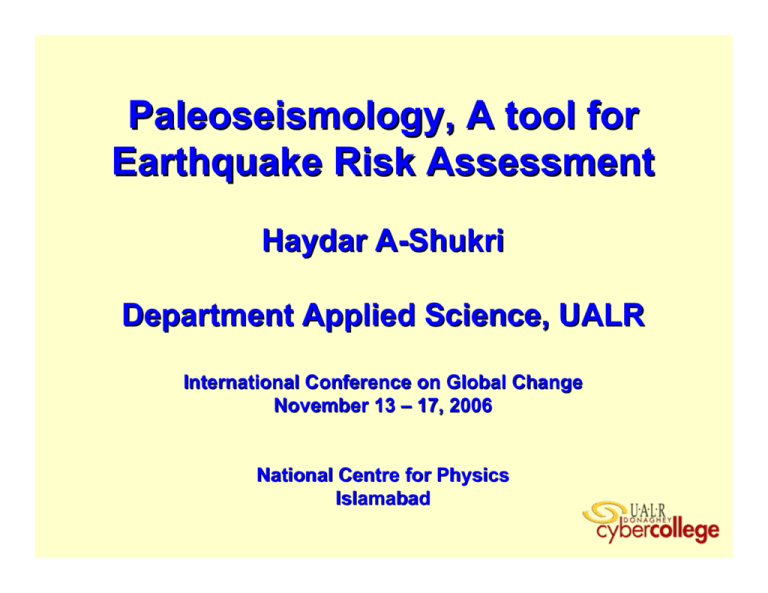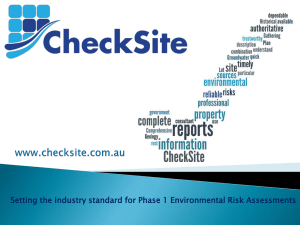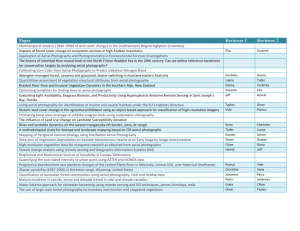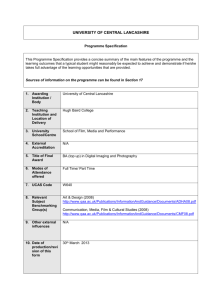Paleoseismology, A tool for Earthquake Risk Assessment
advertisement

Paleoseismology, A tool for Earthquake Risk Assessment Haydar A-Shukri Department Applied Science, UALR International Conference on Global Change November 13 – 17, 2006 National Centre for Physics Islamabad Overview: ¾ What is Paleoseismology? ¾ What are the Typical Method used? ¾ Applications ¾ How it is used for Risk Assessment? ¾ Final Remarks Paleoseismology is a fairly new field that involves the delineation and study of the past behavior of earthquake source zone. What are we looking for? Soil disturbance Faulting Lateral extension Subsidence & uplift Liquefaction Sand Blows Tsunami deposits Landslides Typical methods: Satellite Imaging Typical methods: Satellite Imaging Aerial Photography Typical methods: Satellite Imaging Aerial Photography Surface Geology Typical methods: Satellite Imaging Aerial Photography Surface Geology Geomorphology Typical methods: Satellite Imaging Aerial Photography Surface Geology Geomorphology Geophysics E Typical methods: Satellite Imaging Aerial Photography Surface Geology Geomorphology Geophysics Trenching and Logging Typical methods: Satellite Imaging Aerial Photography Surface Geology Geomorphology Geophysics Trenching and Logging Dating • Radiocarbon • Optically Stimulated Luminescence (OSL) • Archeology & Artifacts Typical methods: Satellite Imaging Aerial Photography Surface Geology Geomorphology Geophysics Trenching and Logging Dating Geotechnical Testing CPT Typical methods: Satellite Imaging Aerial Photography Surface Geology Geomorphology Geophysics Trenching and Logging Dating Geotechnical Testing Data Integration & Interpretatipon Earthquake Risk Assessment? • Earthquake source location and identification • Magnitude estimation • Time of event(s) • Recurrence period • Soil characteristics Application Central United States Collaborators: Hanan Mahdi Martitia Tuttle Support: USGS ASTA NASA ADEM UALR Nancy 1 Silt-Clay Clay-Silt Clay Liquefiable Sand







